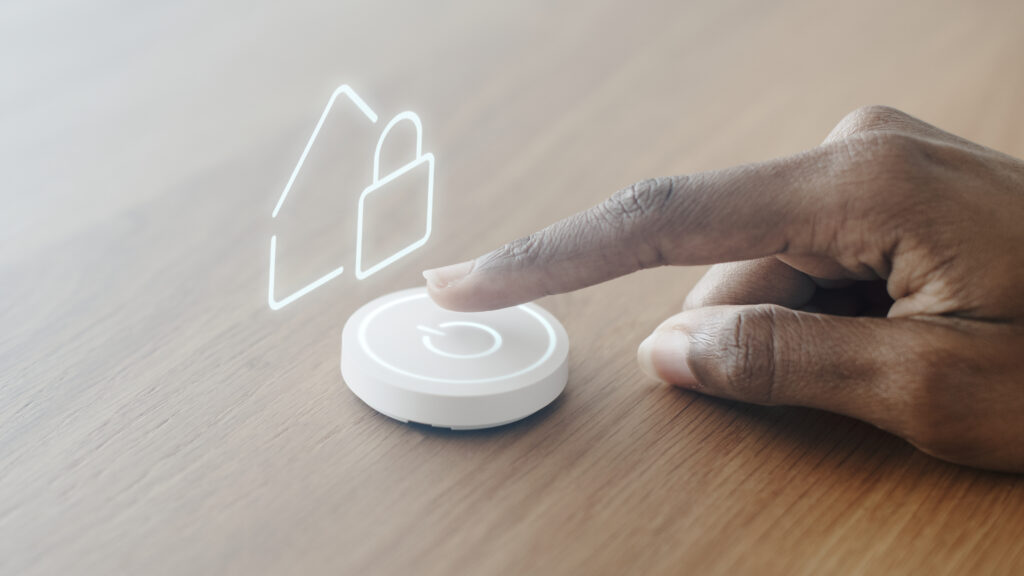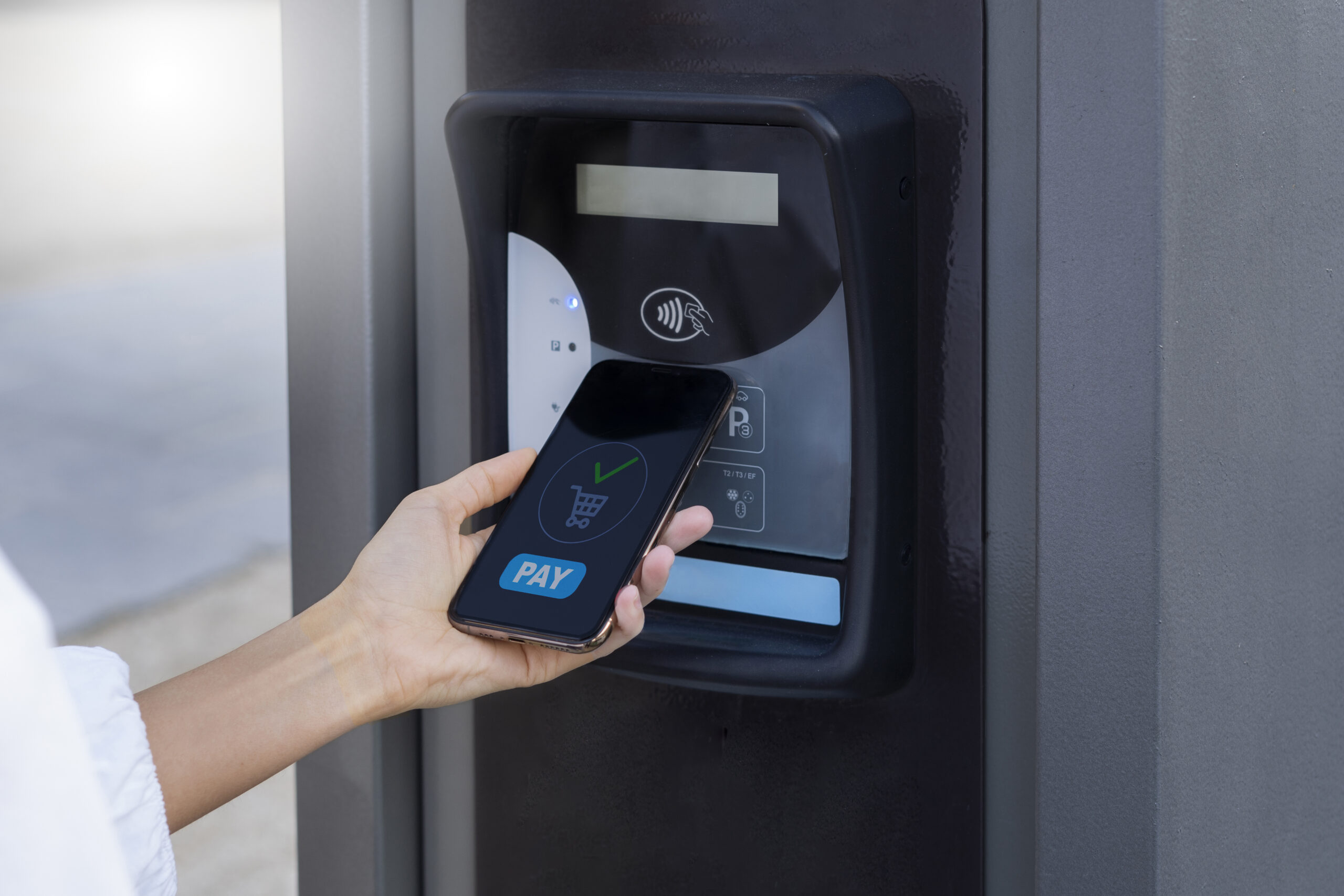Table of Contents
As technology continues to shape the way we live, the evolution of lock technology is bringing smarter, more secure solutions to our homes. One such innovation that’s making waves in the realm of home security is biometric and smart locks, offering a new level of convenience and protection like never before. With features like fingerprint recognition and smart access control, these technological innovations are quickly becoming a key part of modern home security, giving homeowners greater control and peace of mind.

What are Biometric and Smart Locks?
Biometric and smart locks are advanced security solutions that go beyond traditional keys and mechanical locks. A biometric lock uses physical traits like fingerprints or facial features for biometric authentication, allowing access only to approved users. Common examples include a fingerprint door lock or a facial recognition lock, both offering a personalized layer of security. On the other hand, smart lock systems connect to mobile apps or smart home platforms, enabling electronic keyless entry through phones, keypads, or voice commands. Together, these technologies provide a faster, safer, and more convenient way to control who enters your home.
The Evolution of Biometric Technology in Everyday Security
Biometric technology is no longer limited to high-security labs or government facilities, it’s now part of everyday life. What was once seen as futuristic is now widely used in homes, workplaces, and even personal devices, offering a secure and user-friendly approach to access control.
In residential settings, homeowners are increasingly turning to biometric tools like the fingerprint scanner to enhance convenience and safety. These systems eliminate the need for physical keys, allowing only registered users to enter. And when paired with multi-factor authentication, such as mobile alerts or PIN codes, they provide an extra layer of protection that is both practical and reassuring when it comes to the safety of your family.
5 Smart Ways to Avoid Getting Locked Out of Your House
Commercial spaces are also adopting biometrics to manage access more efficiently. Offices and corporate buildings now rely on iris recognition and voice-enabled security to regulate who enters the building. This technology ensures accurate identity verification, not only improving security protocols but also streamlining employee access.
On a personal level, biometric features are embedded in everyday items like smartphones, tablets, and smartwatches. Whether unlocking a device with your fingerprint or verifying a payment with facial recognition, these features not only improve convenience but also guard sensitive data such as your PIN codes and login credentials. As people grow more comfortable with these tools, biometric technology continues to strengthen its role in personal security.

Benefits of Smart and Biometric Locks
As smart technology becomes more common in our daily lives, many homeowners are beginning to see the practical value of upgrading their traditional locks. Smart and biometric locks offer more than just security, they bring convenience, flexibility, and greater control over who can access your space. Here are some of the key benefits these systems offer:
- Keyless convenience: One of the most noticeable advantages is not needing a physical key. Whether using a fingerprint, PIN code, or mobile app, smart locks make it easy to come and go without worrying about lost or duplicated keys.
- Remote access control: Many smart lock systems allow you to lock or unlock doors from anywhere using your smartphone. This is especially useful if you need to let someone in while you’re away or want to double-check that the door is locked.
- Real-time monitoring: These locks can track who enters and when, giving you a clear record of activity. Notifications and logs help homeowners stay aware of what’s happening at their front door which is both useful and practical for both families and tenants.
- Integration with smart home hubs: Smart locks often work with other smart devices in your home. You can connect them with lighting, cameras, or voice assistants like Alexa or Google Assistant, making them a seamless part of your home’s overall automation.
- Enhanced security features: Biometric locks add an extra layer of protection by using fingerprint or facial recognition. Many also include tamper alerts, encryption, and auto-lock functions, providing security that adapts to different needs.
Challenges and Concerns
While smart and biometric locks offer clear benefits, they’re not without their challenges. As with any rapidly evolving technology, it’s important to understand the risks before making the switch. Here are a few concerns to keep in mind:
Data privacy and security concerns
Biometric data, like your fingerprint or iris, is deeply personal. If it’s stolen, it can’t be changed like a password. That’s why protecting this data is so critical. A breach of biometric systems can lead to serious data privacy issues and even identity theft.

Digital lock vulnerabilities and cybersecurity threats
While digital locks are convenient, they do open the door to cybersecurity threats. If protections aren’t strong enough, hackers can target smart systems and exploit digital lock vulnerabilities.
System failures and technical glitches
No system is perfect. System failures, software bugs, or poor network connections can prevent locks from working properly. Even environmental factors like wet fingers or low lighting can disrupt biometric scans.
Concerns about surveillance and misuse
As biometric systems become more common, so do worries about how they’re used. Without clear rules, there’s potential for misuse like being tracked without consent. It raises questions about ethics, transparency, and control over personal data.
The impact of future technologies
As tech evolves, so do the risks. From deepfakes to AI-generated spoofing, future threats may challenge the reliability of even the best biometric systems. And with emerging tech like quantum computing, today’s encryption may not be enough.
Conclusion
As with any new technology, it takes time for people to fully adapt and smart security is no exception. But as our homes and workplaces become more connected, it’s clear that biometric and smart locks are playing a growing role in how we manage safety and access.
While challenges like privacy and system reliability still need attention, the everyday benefits, like keyless convenience, remote access, and stronger control over who enters our spaces, surpass any potential negatives. Looking ahead, biometric and smart locks are likely to shape the future of security, helping us create smarter, more secure environments without sacrificing comfort or ease.
Frequently Asked Questions – FAQs
How do biometric devices help improve security?
One of the key benefits of biometric security devices is that they can help to increase your protection. It’s much harder, for example, to clone or steal a fingerprint than an access card.
What is the future scope of smart door lock system?
In the future, smart locks are expected to improve their security features by incorporating advanced technologies such as biometrics, multi-factor authentication, and encryption.
What are the benefits and challenges of biometric authentication in securing modern systems?
Despite its security advantages, biometric systems can still be hacked. Organisations collecting and storing personal biometric data are constantly targeted by cybercriminals.
What are the pros and cons of biometric security?
Biometric authentication is an effective way to secure digital devices and data. It provides a higher level of security and convenience than traditional authentication methods. However, it also has its disadvantages, such as privacy concerns, false positives, and high costs.
How does a fingerprint system improve security?
Biometric traits, like fingerprints and facial recognition, are unique to each person, making them much harder to hack or replicate than passwords. AI-powered biometric security systems enhance protection by analyzing patterns and detecting irregularities in biometric data.

